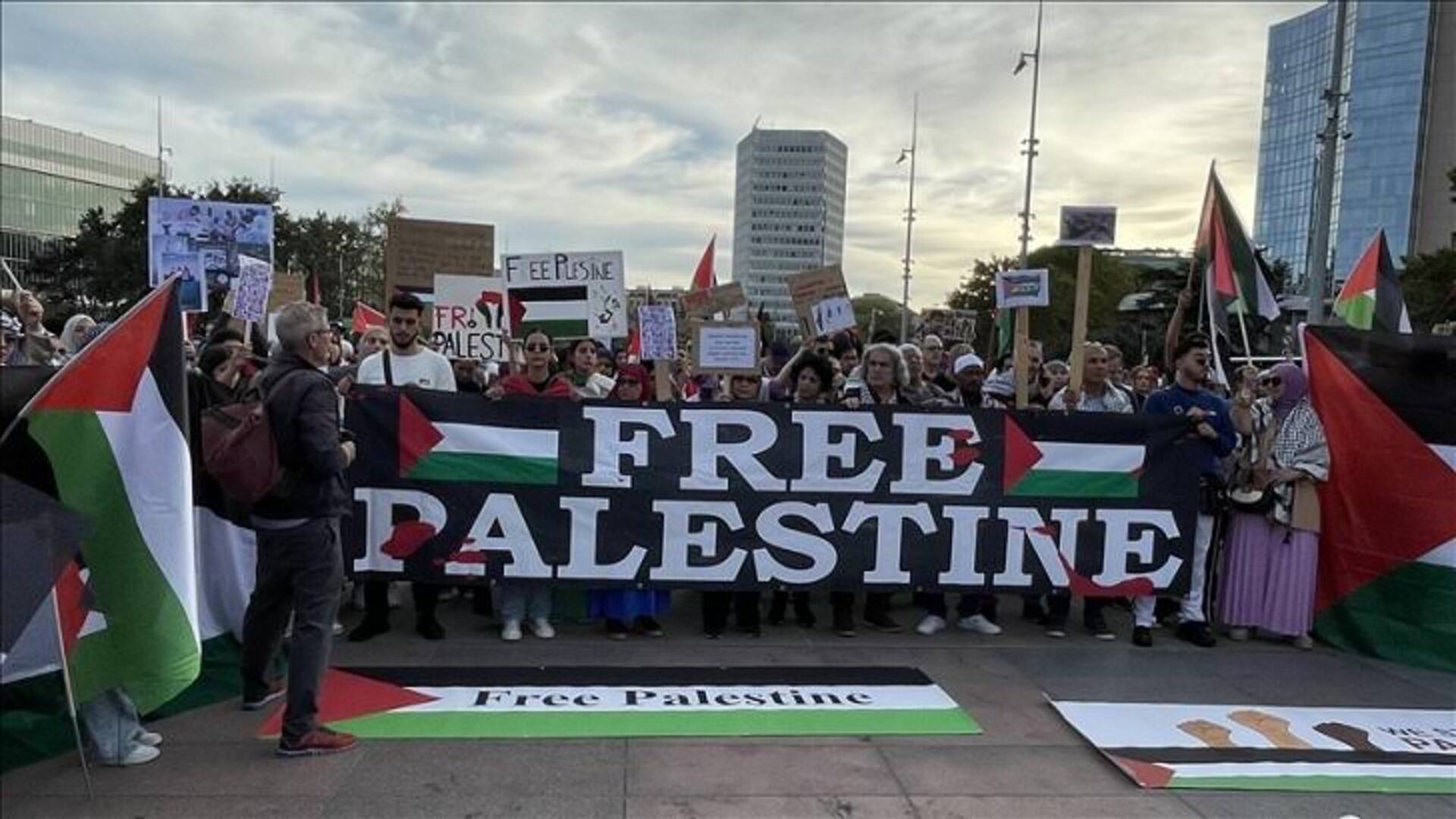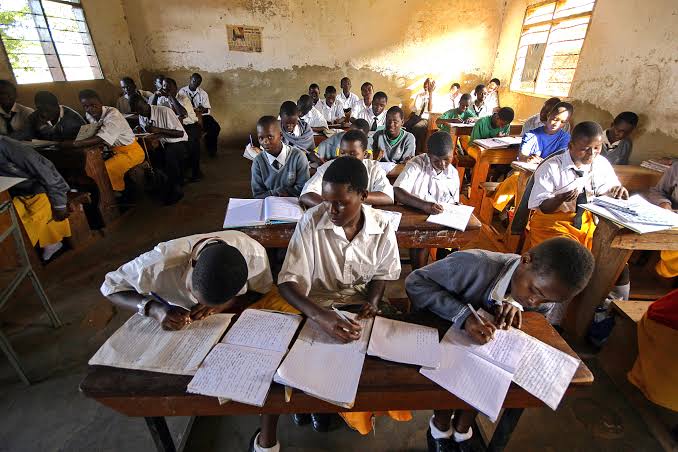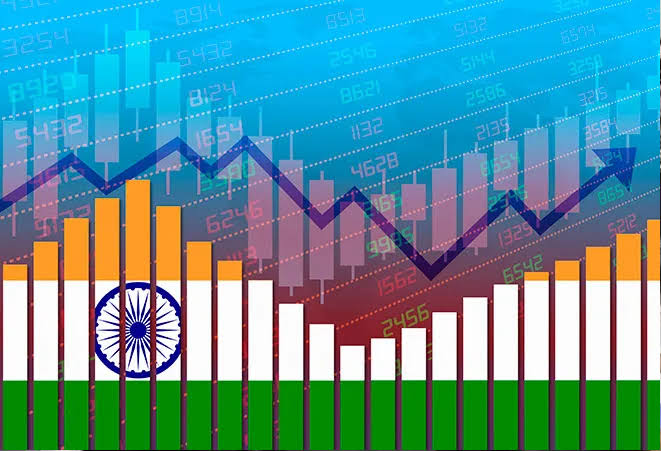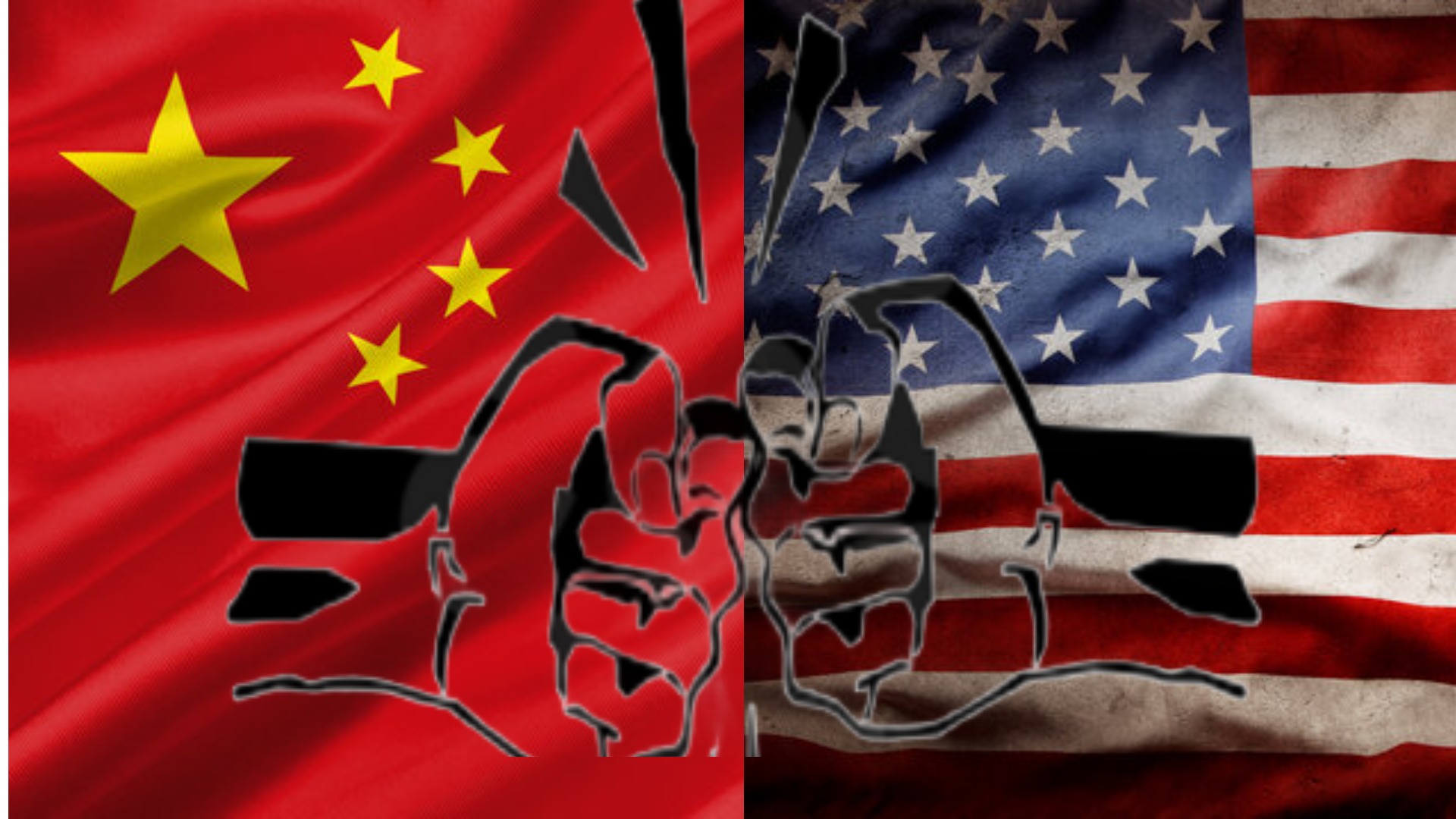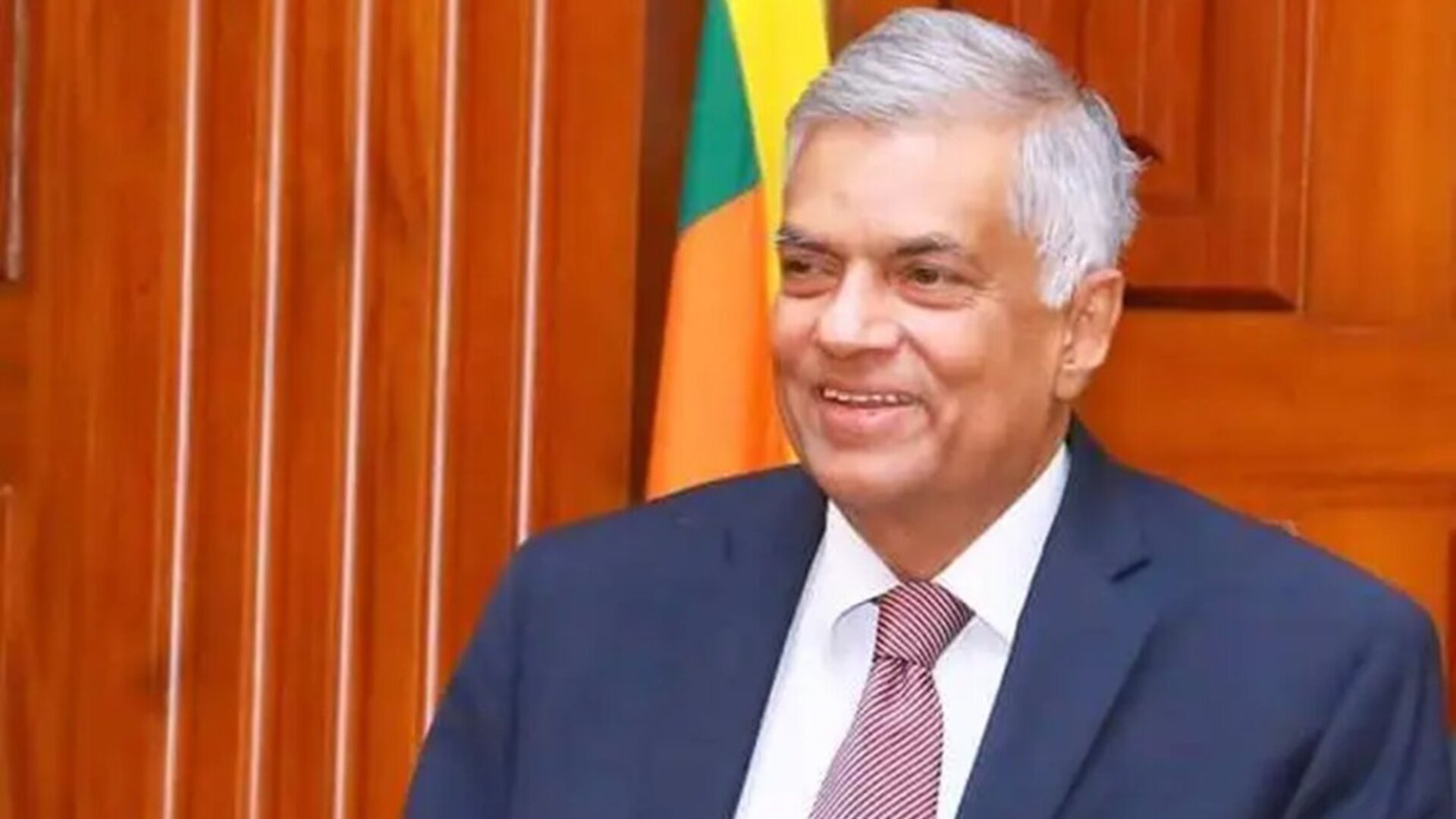
The papacy, the office of the Pope, is one of the oldest and most influential institutions in the world. The Pope’s official residence and the central authority of the Roman Catholic Church are located in Vatican City. As the spiritual leader of the Roman Catholic Church, the Pope holds a position of immense religious, political, and cultural significance. The history of the papacy spans nearly two millennia, during which it has played a central role in shaping the course of Western civilization. From the early days of Christianity to the present, the papacy has evolved, adapting to changing political landscapes, theological challenges, and social transformations. This report delves into the history of the Popes of the Vatican, exploring their impact on religion, politics, and society throughout the ages.
The Early Papacy: From Saint Peter to the Fall of Rome
The origins of the papacy are rooted in the early Christian community, with Saint Peter, one of Jesus Christ’s apostles, traditionally considered the first Pope. According to Catholic tradition, Jesus designated Peter as the leader of his disciples, a role that was later institutionalized as the Bishop of Rome. The title “Pope” comes from the Latin word *papa*, meaning “father,” and was initially used informally for bishops in general before becoming reserved exclusively for the Bishop of Rome.
Saint Peter is believed to have been martyred in Rome around 64 AD, during the reign of Emperor Nero. His successors, known as the early Popes, faced persecution from Roman authorities, but they also played a crucial role in spreading Christianity throughout the Roman Empire. These early Popes, such as Linus, Cletus, and Clement I, were primarily spiritual leaders who focused on maintaining the unity and orthodoxy of the Christian faith.
The fall of the Western Roman Empire in 476 AD marked a significant turning point for the papacy. With the decline of imperial authority, the Popes of Rome began to assume a more prominent role in the governance of the city and its surrounding territories. This period also saw the emergence of the concept of the Pope as the “Vicar of Christ,” a title that emphasized the Pope’s authority as the spiritual representative of Christ on Earth.
The Medieval Papacy: Power and Controversy
The medieval period was a time of both expansion and controversy for the papacy. As the Western Roman Empire crumbled, the Pope increasingly became the central figure in the Christian world, not only as a religious leader but also as a temporal ruler. The Papal States, a collection of territories in central Italy, came under the direct control of the Pope, further enhancing the political power of the papacy.
One of the most significant events of this era was the coronation of Charlemagne as Holy Roman Emperor by Pope Leo III in 800 AD. This act symbolized the close relationship between the papacy and the Holy Roman Empire, a partnership that would endure for centuries. However, it also set the stage for conflicts between the papacy and secular rulers over the limits of papal authority.
The medieval papacy was also marked by internal controversies, particularly the issue of simony (the buying and selling of church offices) and the practice of lay investiture, where secular rulers appointed bishops and other church officials. The Investiture Controversy, which began in the 11th century, was a significant conflict between the papacy and the Holy Roman Emperor over the appointment of bishops. The Concordat of Worms in 1122 resolved the conflict by establishing that the Pope had the sole authority to appoint bishops, but the emperor retained the right to invest them with secular authority.
During the medieval period, several Popes played crucial roles in the Crusades, military campaigns aimed at reclaiming the Holy Land from Muslim control. Popes such as Urban II, who called for the First Crusade in 1095, used their spiritual authority to mobilize Christian armies across Europe. The Crusades had profound religious, political, and cultural implications, shaping the relationship between Christianity and Islam and influencing the course of European history.
The Renaissance and Reformation: Challenges to Papal Authority
The Renaissance, beginning in the 14th century, was a time of cultural rebirth and intellectual exploration in Europe. The papacy, centered in Rome, was both a patron of the arts and a political power. Popes such as Julius II and Leo X commissioned magnificent works of art and architecture, including the rebuilding of St. Peter’s Basilica and the painting of the Sistine Chapel ceiling by Michelangelo. This period is often seen as the height of the Renaissance papacy, characterized by the lavish lifestyle of the Popes and their involvement in the politics of Italy and beyond.
However, the Renaissance also brought challenges to papal authority. The rise of humanism and the spread of Renaissance ideals led to increased scrutiny of the Church and its practices. Criticism of the papacy reached a climax with the Protestant Reformation, initiated by Martin Luther in 1517. Luther’s Ninety-Five Theses, which condemned the sale of indulgences and other Church practices, sparked a religious movement that led to the formation of Protestant churches and a profound division within Christianity.
The papacy responded to the Reformation with the Counter-Reformation, a period of internal reform and renewal within the Catholic Church. The Council of Trent (1545–1563) was convened to address the issues raised by the Reformers and to clarify Catholic doctrine. The Jesuit order, founded by Ignatius of Loyola, became a key instrument of the Counter-Reformation, spreading Catholicism through education and missionary work.
The Reformation had a lasting impact on the papacy, leading to the loss of vast territories in Northern Europe to Protestantism and significantly altering the religious landscape of Europe. Despite these challenges, the papacy emerged from the Reformation with a renewed sense of purpose and a strengthened commitment to its spiritual mission.
The Modern Papacy: From the Enlightenment to the Present
The modern era brought new challenges and opportunities for the papacy as it navigated the tumultuous changes of the Enlightenment, the French Revolution, and the rise of modern nation-states. The Enlightenment, with its emphasis on reason and individual rights, posed a significant challenge to the authority of the Church. The French Revolution (1789–1799) was particularly devastating for the papacy, as it led to the secularization of many Church properties and the persecution of clergy.
The 19th century saw the papacy grappling with the rise of nationalism and the unification of Italy, which resulted in the loss of the Papal States in 1870. The Italian unification movement, led by figures such as Giuseppe Garibaldi and Victor Emmanuel II, culminated in the capture of Rome and the reduction of the Pope’s temporal power to the Vatican itself. In response, Pope Pius IX declared himself a “prisoner in the Vatican” and condemned the new Italian state.
The Lateran Treaty of 1929, signed between the Holy See and the Kingdom of Italy, resolved the “Roman Question” by recognizing the Vatican City as an independent sovereign state. This treaty marked a significant shift in the relationship between the papacy and the Italian state, allowing the Pope to focus more on spiritual leadership rather than temporal power.
The 20th century was a period of significant transformation for the papacy. Popes such as Pius XII, John XXIII, and Paul VI played crucial roles during and after World War II, addressing the challenges of the modern world. The Second Vatican Council (1962–1965), convened by Pope John XXIII, was a landmark event that sought to modernize the Church and engage more effectively with contemporary society. The council introduced several reforms, including the use of vernacular languages in the liturgy and a greater emphasis on ecumenism.
Pope John Paul II, one of the most influential Popes of the 20th century, played a significant role in the fall of communism in Eastern Europe and was a tireless advocate for human rights and social justice. His papacy was marked by efforts to strengthen the Church’s global presence and to address issues such as poverty, war, and interfaith dialogue.
The election of Pope Francis in 2013 marked another significant moment in the history of the papacy. As the first Pope from the Americas and the first Jesuit Pope, Francis has brought a new emphasis on humility, social justice, and care for the environment. His papacy has been characterized by efforts to address the sexual abuse crisis within the Church, reform the Vatican’s financial and administrative structures, and promote a more inclusive and compassionate approach to pastoral care.
The Role of the Papacy in the Modern World
The papacy continues to play a vital role in the global religious and political landscape. As the leader of the Roman Catholic Church, the Pope holds spiritual authority over more than a billion Catholics worldwide. The Pope’s teachings and pronouncements influence the beliefs and practices of Catholics and have a significant impact on global moral and ethical debates.
In addition to its religious role, the papacy also engages in diplomacy and international relations. The Holy See, the central governing body of the Catholic Church, maintains diplomatic relations with numerous countries and international organizations. The Pope often acts as a moral voice on global issues such as peace, human rights, environmental protection, and social justice.
The papacy’s ability to adapt to changing circumstances while maintaining its spiritual mission has allowed it to remain a relevant and influential institution in the modern world. The challenges facing the Church today, including secularization, cultural shifts, and internal crises, continue to test the resilience and adaptability of the papacy.
The history of the papacy is a testament to the enduring influence of the Roman Catholic Church and its leadership. From its humble beginnings with Saint Peter to its current role on the global stage, the papacy has shaped the course of Western civilization and continues to play a vital role in the spiritual and moral guidance of millions. The evolution of the

 A.B.M. Abir
A.B.M. Abir 


